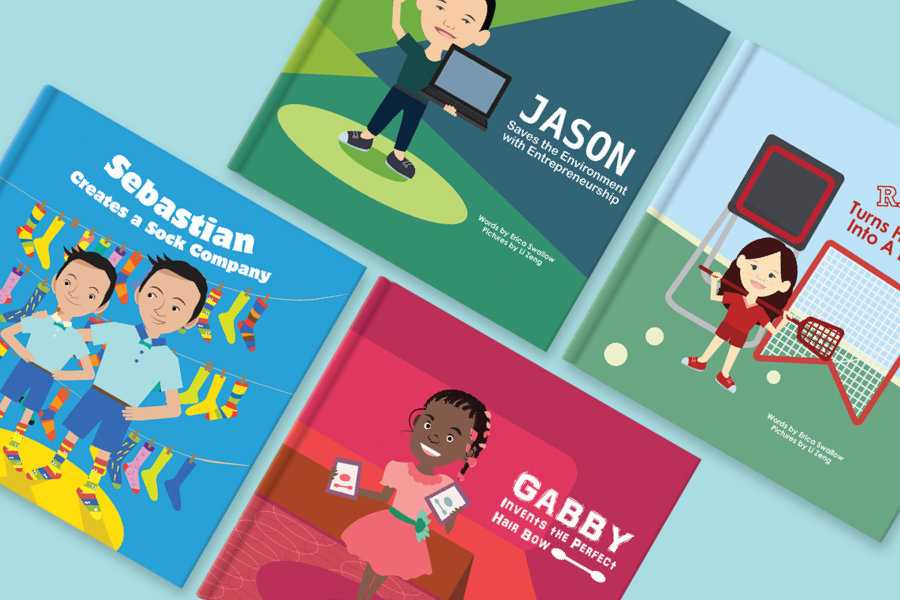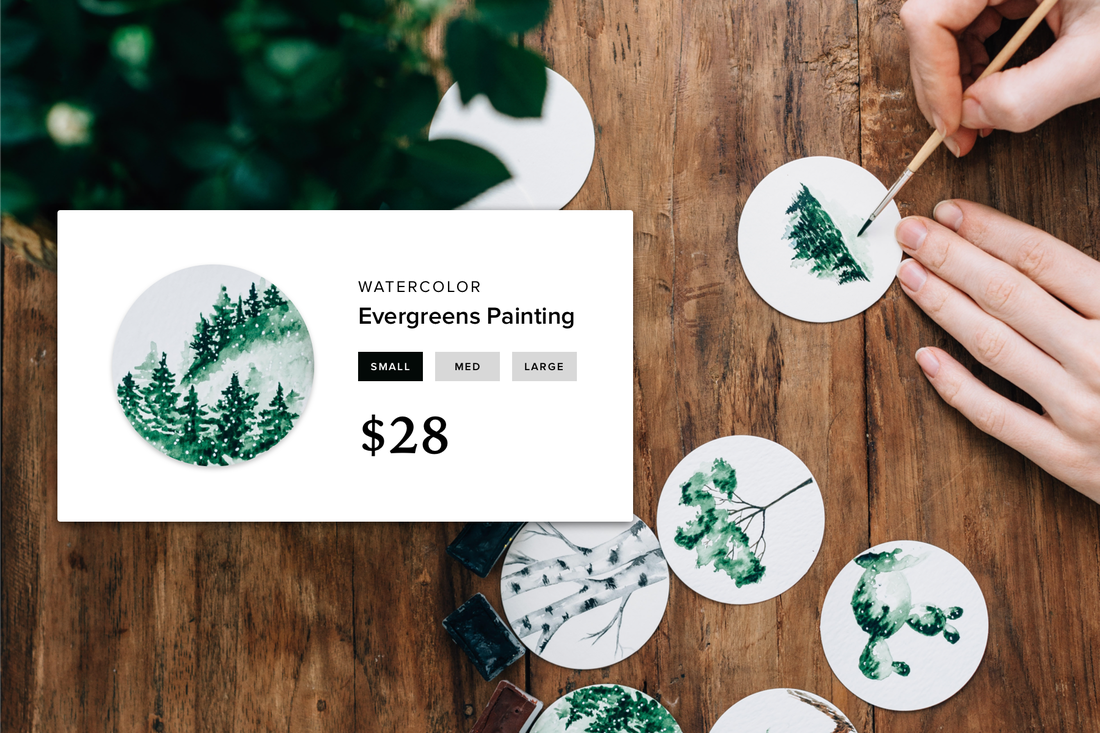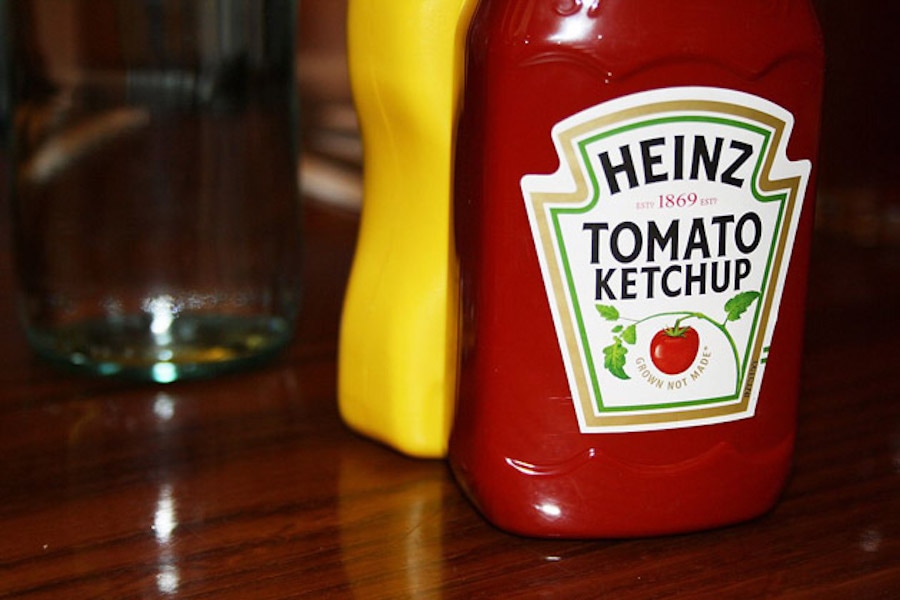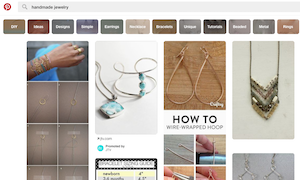Attracting repeat shoppers is a goal for any small business owner. The key is wowing customers every step of the way. But where do you start? You may think it's your company's website design, but you're forgetting something. Consider the humble packaging label for your products. Never fear, we're here to show you how to make a big statement with a few simple product packaging design tips.
Go Big with Branding
What does your product do? How is it different from everything else available?
A consumer's first impression of your company, brand and product starts with the label.
It needs to clearly include your name and brand mark with a description of the item. Think of Heinz for instance. The sauce brand is probably most well-known for tomato ketchup. The label is simple and descriptive with the brand name as the biggest sized font on the package, followed by exactly what the product is—ketchup.
This formula might sound too simple when you are planning a package design. It's not. It is a time-tested concept than can work for any brand or product.
A consumer's first impression of your company, brand and product starts with the label.
It needs to clearly include your name and brand mark with a description of the item. Think of Heinz for instance. The sauce brand is probably most well-known for tomato ketchup. The label is simple and descriptive with the brand name as the biggest sized font on the package, followed by exactly what the product is—ketchup.
This formula might sound too simple when you are planning a package design. It's not. It is a time-tested concept than can work for any brand or product.
Pick a Simple Overall Design
Now look at that ketchup label again. Notice how simple it is?
Plenty of white space and a clear design make this a recognizable package anywhere you go. Even the shape of the bottle is a big deal when it comes to packaging this sauce. (The iconic glass bottle is still found in diners around the country and squeeze bottles are popular for home use.)
The canvas is likely small when it comes to designing your product packaging. Whether you have a small label or a box with multiple sides to work with, only one part of that label will be front and center when it comes time for a customer to see it. The design needs to be simple and easy to understand at a glance.
Avoid crazy patterns or too many font and color combinations. Keep the design as simple and streamlined as possible. Provide function and information to help customers make the choice to buy your item.
Plenty of white space and a clear design make this a recognizable package anywhere you go. Even the shape of the bottle is a big deal when it comes to packaging this sauce. (The iconic glass bottle is still found in diners around the country and squeeze bottles are popular for home use.)
The canvas is likely small when it comes to designing your product packaging. Whether you have a small label or a box with multiple sides to work with, only one part of that label will be front and center when it comes time for a customer to see it. The design needs to be simple and easy to understand at a glance.
Avoid crazy patterns or too many font and color combinations. Keep the design as simple and streamlined as possible. Provide function and information to help customers make the choice to buy your item.
Think About Shelf Clutter
Whether you are planning to sell totally online or in physical stores, “shelf space" is a big concern. Think about the products already in the location where your product will be featured. What do they look like? What colors are the packages?
Use this information to help design something that will stand out from all that clutter. Opt for a color palette that is somewhat different and eye-catching or a package shape that's unlike the others.
This differentiation will help your product design stand out. (And hopefully get picked up and purchased.)
Use this information to help design something that will stand out from all that clutter. Opt for a color palette that is somewhat different and eye-catching or a package shape that's unlike the others.
This differentiation will help your product design stand out. (And hopefully get picked up and purchased.)
Show What Your Product Is or Does
If your product isn't as easy to understand as ketchup, you might need to create packaging that shows what your product is or does. The complete package is more than just a label; it's also the container (if necessary) or item itself.
Include instructions to help make unfamiliar items more usable. Consider a package gimmick that helps draw customers to it with design. Also consider including your tagline—Heinz uses "Grown Not Made"—or a short description. This is particularly important for new items on the market. It will help shoppers learn exactly what an item is and what it can do for them.
Include instructions to help make unfamiliar items more usable. Consider a package gimmick that helps draw customers to it with design. Also consider including your tagline—Heinz uses "Grown Not Made"—or a short description. This is particularly important for new items on the market. It will help shoppers learn exactly what an item is and what it can do for them.
Consider Variations
Whether you have one item or 100 items, it will make your life a lot easier if you consider variations of the package design from the start.
Go back to Heinz. The company has many sauce types and every label follows the same basic look and design. This not only makes it easy for shoppers to find and identify the product, it also makes it easy for the company to create new packaging quickly.
Even if you don't have multiple products yet, consider what you might sell next and how to create a design that will work for that potential item as well.
Go back to Heinz. The company has many sauce types and every label follows the same basic look and design. This not only makes it easy for shoppers to find and identify the product, it also makes it easy for the company to create new packaging quickly.
Even if you don't have multiple products yet, consider what you might sell next and how to create a design that will work for that potential item as well.
Get Physical Label Specifications
Finally, before you ever really get the design off the ground, get exact packaging specifications from the place that will produce your packaging (for physical products) or web specs for online sales.
Nothing will ruin a great packaging design like sloppy execution because the label doesn't quite fit or parts of the design are cut off or located on the wrong panel of a box. Take special care so that your work can be perfectly showcased on your products.
Nothing will ruin a great packaging design like sloppy execution because the label doesn't quite fit or parts of the design are cut off or located on the wrong panel of a box. Take special care so that your work can be perfectly showcased on your products.
Start Your Product Packaging Design Now
Most shop owners opt to hire a designer or design company to prepare their package design. This is a great option if you still don't know what you are looking for. But if you do have an idea in mind, there are some great tools to help you create just the right package.
- Pakible is a full-service tool that will help you create everything from a design to final packaged product.
- 99designs is a service that allows designers to compete to win your design project. Just provide some information in the design brief and launch a contest to get multiple options from verified designers.
- Upwork is an online network that can help you find and hire a design freelancer to work on your projects. You can choose from multiple categories, locations and rates.
Conclusion
Product packaging is an important part of the sales process, even if you are only selling online. A package makes an item feel complete and polished. Keep these design tips in mind and let your products stand out online and on store shelves.
 Carrie Cousins Carrie is a designer and content marketer. She works promoting the Roanoke Region of Virginia and has more than 10 years of media and marketing experience.
Carrie Cousins Carrie is a designer and content marketer. She works promoting the Roanoke Region of Virginia and has more than 10 years of media and marketing experience.






